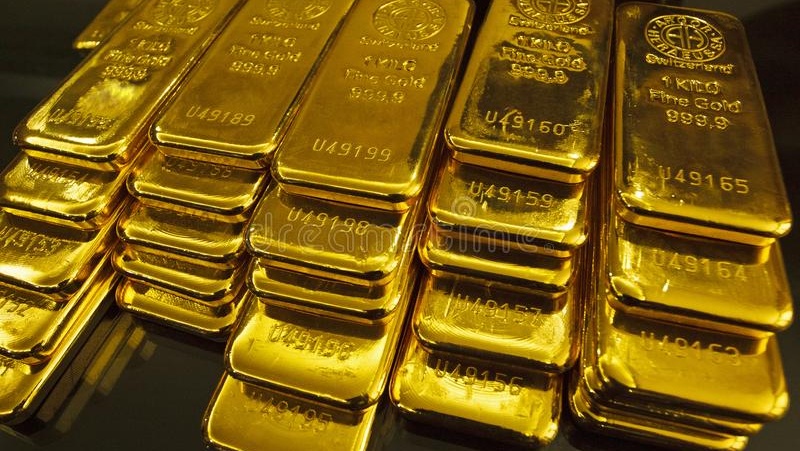What Do the Karat Numbers Mean?
You’re looking to buy some gold jewellery, but you’re unsure of what the numbers imprinted on each item imply. Let’s dive into jewellery world.
Karats refer to gold’s purity.
You can determine the percentage of pure gold by looking at the karat number. In comparison to 18 karat (18K), 24 karat (24K) gold is 100% pure. For strengthening the gold, lower karat has more alloy metals. The softest and purest gold is 24K, which is ideal for jewels or seldom use as jewellery. 18K gold maintains a balance between purity and durability, which makes it perfect for everyday use rings and bracelets.
Increased karat signifies more gold, but it costs more.
Of course, an item’s value increases with the amount of gold it possesses. The most expensive gold will be 24K, whereas 18K is more cost-effective. Classic 18K gold is the best option if pricing is an issue since it offers the perfect balance of purity and cost.
To determine precisely what you’re buying, examine the karat stamp. Knowing the genuine value of gold jewellery can help you choose pieces with confidence. You’ll become a karat master in no time!
Pros and Cons of 24K, 22K, and 18K Gold
Pros and Cons of 24K Gold
The most valuable choice is 24K gold, which is 99.9% pure gold. But it’s also the most delicate and susceptible to dents and scratches. It is advised to wear 24K jewellery only sometimes because it needs to be frequently polished to keep its shine. The best gold is 24K, which has the maximum gold content and value.
Pros and Cons of 22K Gold
Gold makes about 91.6% of 22K gold. The durability and purity of the gold are well-balanced. Compared to 24K gold, 22K gold is less likely to be harmed, but it still must be treated gently. If you want gold that is almost completely pure and can survive some wear and tear, it offers good value. Jewellery for important occasions frequently uses 22K.
Pros and Cons of 18K Gold
Since 18K gold is made up of 75% gold, it is the most robust and cost-effective choice. Jewellery made of 18K gold is suitable for everyday wear because it is resistant to corrosion and scratches. The lesser gold content, however, results in a lower intrinsic value. Your jewellery may require replating to keep its golden colour over time because of the lowered karat.
In conclusion, think about how you’ll utilise the gold and how important purity is to you. The greatest metals for investments are 24 and 22, while the best balance is found in 22 and 18 for jewellery. But in the end, opt for the gold karat that best suits your requirements and appeals to you.






